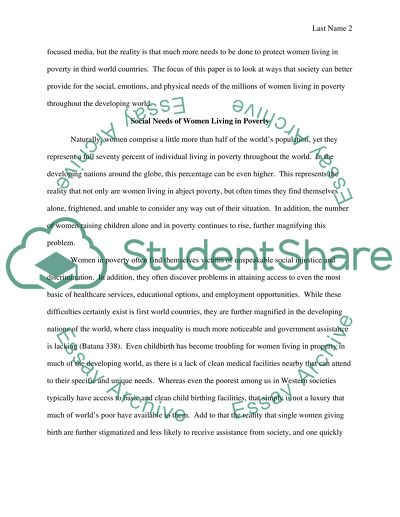Cite this document
(“Women in Poverty Stricken Countries Essay Example | Topics and Well Written Essays - 2000 words”, n.d.)
Retrieved from https://studentshare.org/gender-sexual-studies/1491106-women-in-poverty-sticken-countries
Retrieved from https://studentshare.org/gender-sexual-studies/1491106-women-in-poverty-sticken-countries
(Women in Poverty Stricken Countries Essay Example | Topics and Well Written Essays - 2000 Words)
https://studentshare.org/gender-sexual-studies/1491106-women-in-poverty-sticken-countries.
https://studentshare.org/gender-sexual-studies/1491106-women-in-poverty-sticken-countries.
“Women in Poverty Stricken Countries Essay Example | Topics and Well Written Essays - 2000 Words”, n.d. https://studentshare.org/gender-sexual-studies/1491106-women-in-poverty-sticken-countries.


